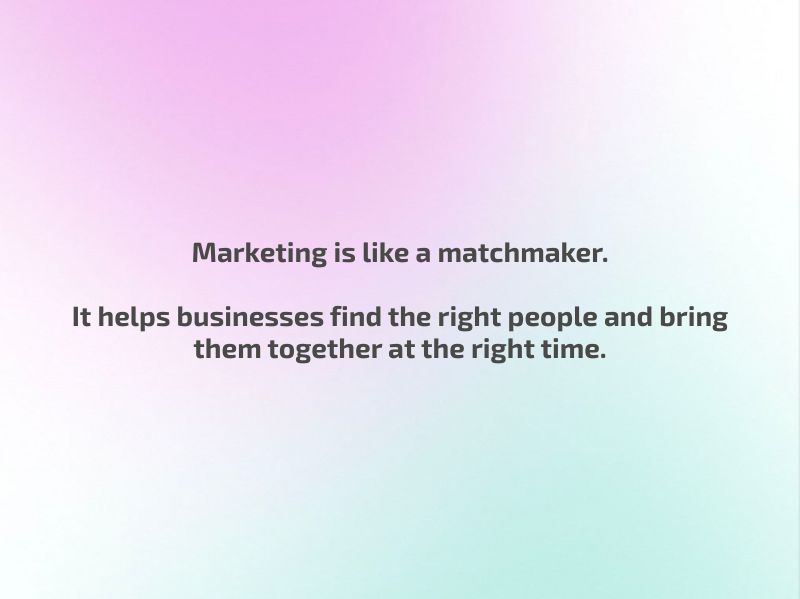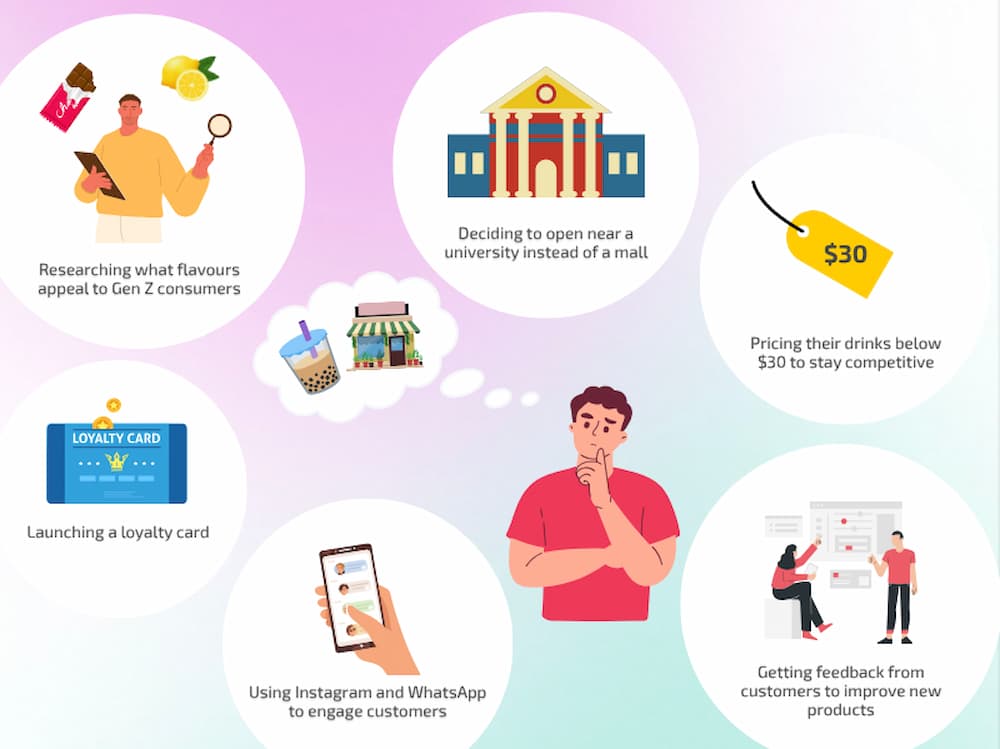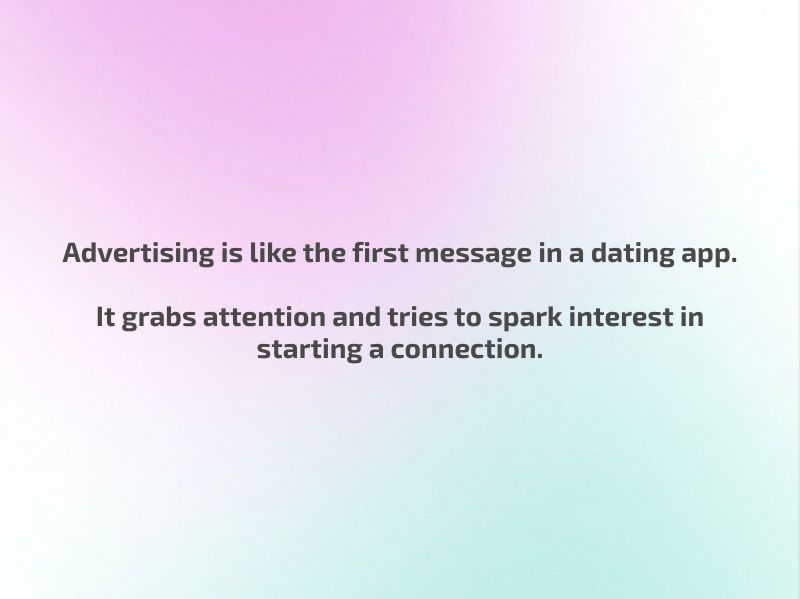Are Advertising and Marketing the Same Thing? Here's the Real Difference:
Want to save time?
Summarize this article in seconds with AI
In conversations with clients and colleagues in Hong Kong, one question often comes up:
“Wait… is advertising the same as marketing?”
The short answer? No, they’re not the same thing.
They’re related but not interchangeable. Understanding the difference is crucial if you want your brand to grow with purpose, not just visibility.
Let’s break it down.
What Is Marketing?

Marketing is the strategic process of understanding customer needs and creating a plan to reach, attract, engage, and retain them. It includes everything from product positioning, pricing, and distribution, to communications, content creation, customer service, and more.
In simple terms:
❝ Marketing is the big picture. It’s about creating and delivering value to the right people. ❞
Key Elements of Marketing (The 4P's) :

Product: What problem are you solving?
Price: How does your price compare to both quality and perceived value?
Place (Distribution): Where will customers find you?
Promotion: Includes advertising, PR, content marketing, SEO, social media, and more.
What Does Marketing Look Like:
Imagine a new local bubble tea brand launching in Mong Kok. Marketing includes:

Researching what flavours appeal to Gen Z consumers
Deciding to open near a university instead of a mall
Pricing their drinks below $30 to stay competitive
Launching a loyalty card
Using Instagram and WhatsApp to engage customers
Getting feedback from customers to improve new products
What Is Advertising?

Advertising is a subset of marketing. It focuses on the paid methods used to promote your brand, product, or service to a target audience. It’s about getting attention—usually through specific placements in media like billboards, MTR posters, YouTube pre-rolls, Facebook ads, etc.
In simple terms:
❝ Advertising is one of the tools in the marketing toolbox that is used to promote. ❞
Advertising channels fall into three types:
Traditional (TV, radio, print, OOH)
Digital (programmatic, display, search, social media)
Native (ads that fit naturally into content)
What Does Advertising Look Like:
For that same bubble tea shop, advertising could be:
A video ad on Instagram Reels targeting HKU and CUHK students
A 2-week MTR lightbox ads in the Mong Kok station
Sponsored posts by local food influencers
Google Search ads when someone types "bubble tea nearby"
These efforts are designed to generate awareness and drive people to try the drink but they only work well if the marketing strategy behind them is solid.
Marketing vs. Advertising: Key Differences at a Glance
| Category | Marketing | Advertising |
|---|---|---|
| Scope | Broad strategy involving product, price, place, promotion | Specific to paid media promotion |
| Goal | Build long-term customer relationships | Get short-term visibility and sales |
| Tools | Research, content, branding, CRM, SEO, social, PR | Facebook Ads, TV spots, MTR posters |
| Duration | Ongoing, long-term | Often campaign-based, shorter duration |
| Cost structure | Mix of paid and unpaid tactics | Always involves media spend |
Top Insights Inspired by Industry Leaders
Insight #1: Marketing Builds Relationships; Advertising Generates Action
As Forbes explains, marketing is about positioning and awareness, while advertising is about prompting immediate actions.
Insight #2: Data Matters at All Levels
Outbrain highlights the value of data in both branding and direct-response advertising. Tracking ad clicks, conversions, and retargeting is great, but marketing takes it a step further through brand sentiment and customer lifetime value.
Insight #3: Campaigns Should Be Platform-Based
Asana advises using different types of marketing and advertising for each channel—like social, SEO, and native content—rather than a one-size-fits-all approach.
Why This Matters for Your Business
Many businesses in Hong Kong (and globally) fall into the trap of spending on ads without building a marketing foundation. They “boost” Facebook posts or place ads in a newspaper, then wonder why sales didn’t move.
Because advertising without marketing is like shouting without knowing who’s listening—or why.
If you want to:
Increase brand loyalty
Improve customer retention
Get better ROI on ad spend
Launch a new product successfully
…you need marketing first, advertising second.
Final Takeaway
Advertising is part of marketing, but marketing is much more than just advertising.
Think of marketing as the architect and advertising as the loudspeaker.
In a competitive and hyper-connected city like Hong Kong, where attention is short and ad space is expensive, having a clear marketing strategy is what separates strong brands from forgettable ones.
Need help building yours? Let's talk.
 Cookie preferences
Cookie preferences




.jpg)







 Xiaohongshu Advertising Guide: How Can Hong Kong Brands Maximize Their Results?
Xiaohongshu Advertising Guide: How Can Hong Kong Brands Maximize Their Results?
 2x your advertising effectiveness: Master big data to optimize ad ROI
2x your advertising effectiveness: Master big data to optimize ad ROI
 Top 5 Best Ads in 2025 in Hong Kong
Top 5 Best Ads in 2025 in Hong Kong
 Hong Kong Outdoor Advertising Cost in 2026 | Adintime Report
Hong Kong Outdoor Advertising Cost in 2026 | Adintime Report
 Marketing Calendar 2026: Key Dates For Marketing Success
Marketing Calendar 2026: Key Dates For Marketing Success
 The Most Widely-Read Magazine and Newspaper in Hong Kong
The Most Widely-Read Magazine and Newspaper in Hong Kong
 Understanding YouTube Advertising Costs in 2025
Understanding YouTube Advertising Costs in 2025
 OOH /DOOH advertising in Hong Kong: Formats and Rates (2025 Update)
OOH /DOOH advertising in Hong Kong: Formats and Rates (2025 Update)
 How much does LinkedIn Advertising Cost? (2025 Update)
How much does LinkedIn Advertising Cost? (2025 Update)
 Press Ad Basics: Types, Formats and Ad Price
Press Ad Basics: Types, Formats and Ad Price